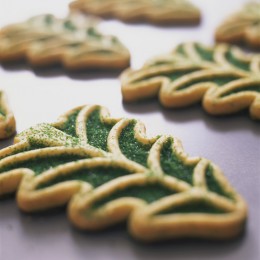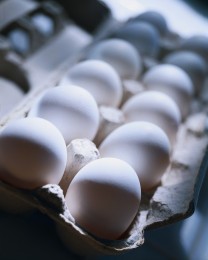 The holidays bring the joy of time with family and friends! One tradition is making cookies to share. With recent recalls of contaminated flour, it is important to handle cookie dough safely to not spoil holiday fun.
The holidays bring the joy of time with family and friends! One tradition is making cookies to share. With recent recalls of contaminated flour, it is important to handle cookie dough safely to not spoil holiday fun.
Many cookies are shaped with your hands. Resist the temptation to lick your fingers or sample the cookie dough! Risks from eating raw eggs and now uncooked flour, can increase your risk of getting a foodborne illness. Regardless of the brand or source of flour or eggs, the risk of foodborne illness is present when consumed raw.
Be sure hard surfaces to roll out cookie dough are clean and sanitized before and after dough has been in contact with the surface.
As always, wash your hands before and after handling cookie dough or any raw foods. Follow recipe instructions for baking cookies at proper temperatures and specified times.
For more information, see:
www.fda.gov/ForConsumers/ConsumerUpdates/ucm508450.htm
www.cleaninginstitute.org/clean_living/surfaces.aspx
www.bestfoodfacts.org/raw-cookie-dough-fda-says-no/





